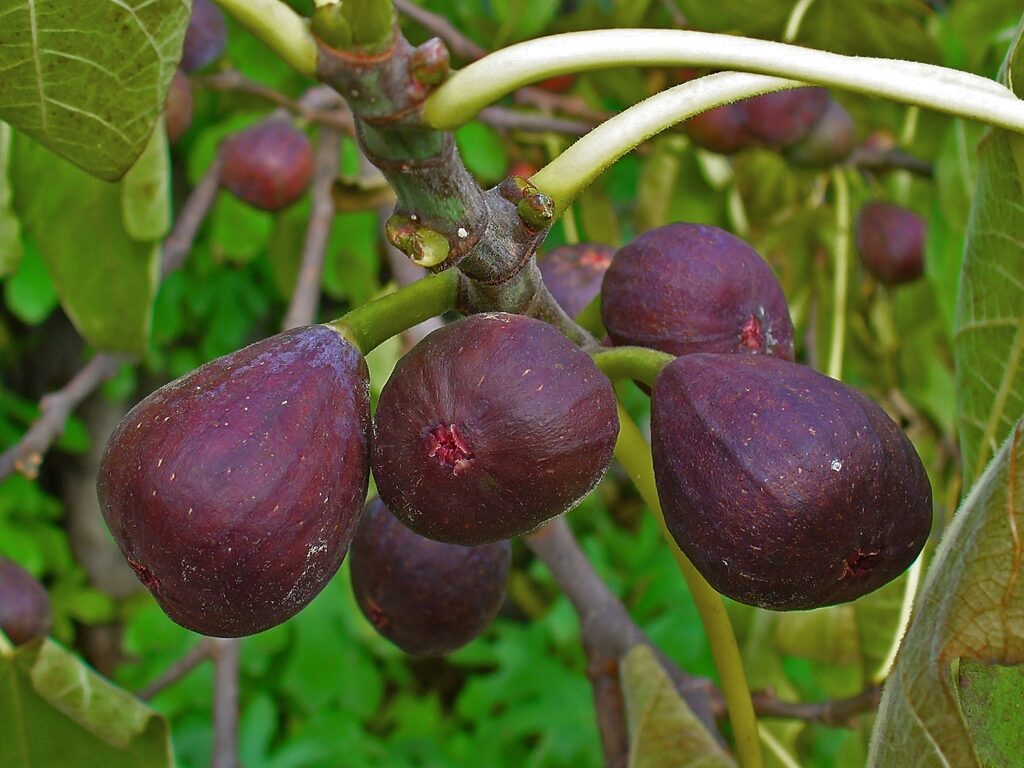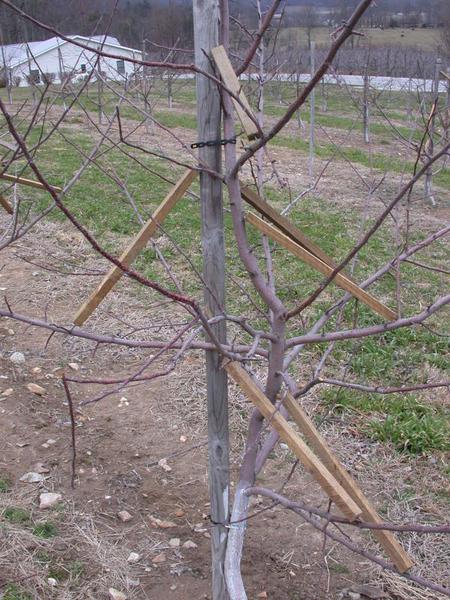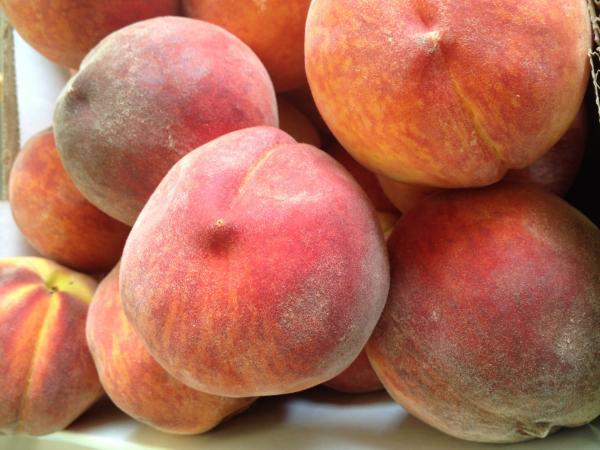It’s Time to Get Fruity
go.ncsu.edu/readext?1033108
en Español / em Português
El inglés es el idioma de control de esta página. En la medida en que haya algún conflicto entre la traducción al inglés y la traducción, el inglés prevalece.
Al hacer clic en el enlace de traducción se activa un servicio de traducción gratuito para convertir la página al español. Al igual que con cualquier traducción por Internet, la conversión no es sensible al contexto y puede que no traduzca el texto en su significado original. NC State Extension no garantiza la exactitud del texto traducido. Por favor, tenga en cuenta que algunas aplicaciones y/o servicios pueden no funcionar como se espera cuando se traducen.
Português
Inglês é o idioma de controle desta página. Na medida que haja algum conflito entre o texto original em Inglês e a tradução, o Inglês prevalece.
Ao clicar no link de tradução, um serviço gratuito de tradução será ativado para converter a página para o Português. Como em qualquer tradução pela internet, a conversão não é sensivel ao contexto e pode não ocorrer a tradução para o significado orginal. O serviço de Extensão da Carolina do Norte (NC State Extension) não garante a exatidão do texto traduzido. Por favor, observe que algumas funções ou serviços podem não funcionar como esperado após a tradução.
English
English is the controlling language of this page. To the extent there is any conflict between the English text and the translation, English controls.
Clicking on the translation link activates a free translation service to convert the page to Spanish. As with any Internet translation, the conversion is not context-sensitive and may not translate the text to its original meaning. NC State Extension does not guarantee the accuracy of the translated text. Please note that some applications and/or services may not function as expected when translated.
Collapse ▲Now that we have officially made it to Fall, those folks who are interested in growing tree fruit should start preparing planting sites and placing orders. Most tree fruits do not begin shipping from nurseries until January, and availability is greatest before shipping season begins. Pears, figs, apples and peaches can all be grown successfully in Pamlico County, but you will need adequate space, full sunlight, and good drainage to produce a crop. If you ignore these three simple requirements, you will probably be disappointed.
For all fruit tree varieties, a soil fertility test and nematode assay is generally recommended before planting. Additions of potassium and phosphorus fertilizer along with adjustments to soil pH should be made before planting, but nitrogen fertilizer should be withheld until buds break in the spring. If drainage is an issue, then consider mounding soil to create a raised planting area. Just remember that tree roots spread much further than the canopy, so soil mounds should be as wide as possible.
One of the easiest fruit trees to grow is the fig. The varieties Brown Turkey and Celeste are the most commonly recommended for our area. Winter temperatures may occasionally cause dieback with figs, but trees will regrow during the summer. Little pruning is required for figs, but do not be afraid to cut these trees back, if needed. Figs are grown on their own roots, so grafted plants are not required. For more information on growing figs in North Carolina, review the NC State Extension Fig Culture note.

Ripe Brown Turkey figs on a fig tree, known for their sweet taste and unique texture, are a delicious addition to any garden.
Apple and pear trees are typically produced as grafted plants. Grafted trees provide disease protection and the ability to control plant height. Dwarfing rootstocks are recommended for homeowners to help maintain a growth range that can be easily managed, but pruning will still be required to maintain a particular height. Always plant grafted trees with graft unions at least 2-3 inches above the soil line and do not plant into wet soil conditions. Apples and pears will need routine training and pruning to produce a tree structure that will support a heavy fruit load and promote tree health. For more information on pruning apples and pear trees, refer to the N.C. State Extension publication “Training and Pruning Fruit Trees”.

This apple tree has been pruned. Sticks are supporting the branches, promoting healthy growth and fruit production.
Peach trees can be difficult to grow in Pamlico County because of disease and insects. Two recommended varieties for North Carolina include Contender and China Pearl, preferably grown on Contender rootstock. This variety and rootstock combination will provide a better defense package against various disease issues and provide the proper chilling requirements to limit freeze damage to flower buds. Peaches will require routine pruning, training, and spray applications to control pests. Spray applications should start after petals fall from flowers in the spring and several applications may be needed during the growing season. A combination insecticide and fungicide product called a Home Fruit Tree Spray is often available from garden centers and should simplify this task. Always read and follow the label directions when applying pesticides and pay particular attention to limitations for the total amount of applications made and the interval between application and harvest.
Trying to produce blemish free peaches, apples and pears with little to no pests or disease control may be difficult. Focus on providing the best growing conditions first, and utilize recommended varieties. For more information on growing tree fruit, please refer to the “Tree Fruit and Nuts Chapter” from the N.C. State Extension Gardener Handbook. You can also find valuable information on the N.C. State Extension Apple Portal & Peach Portal.
For more information related to fruit tree production, please contact Daniel Simpson at 252-745-4121 or Daniel_simpson@ncsu.edu.






